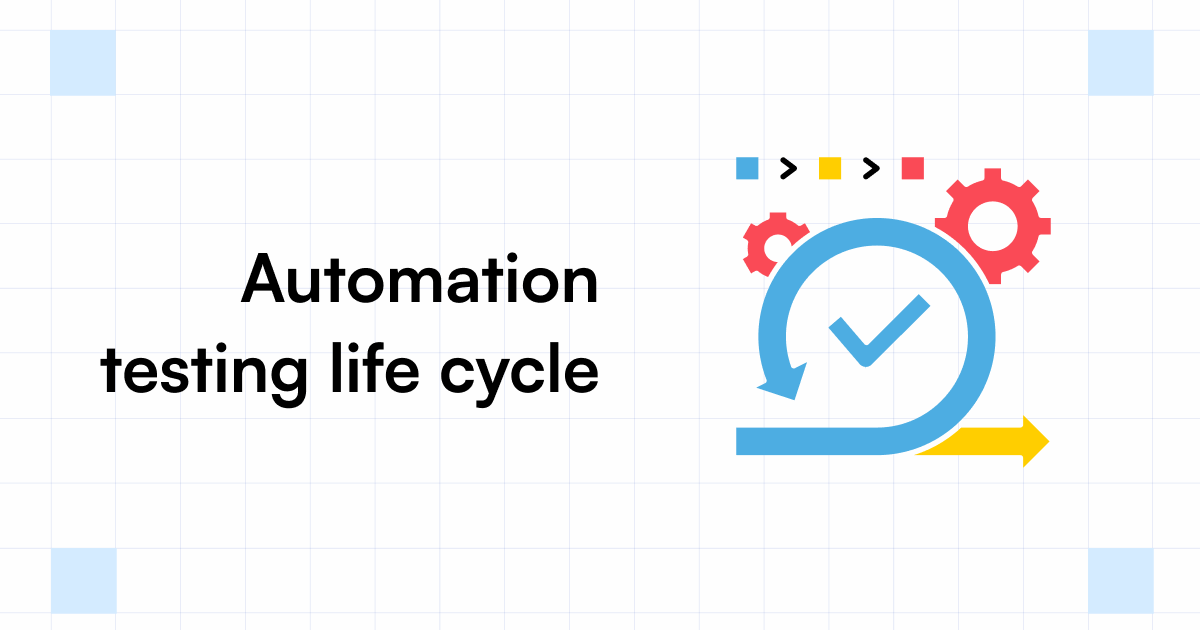The Relevance of Automation Testing in Agile Development Settings
The Relevance of Automation Testing in Agile Development Settings
Blog Article
From Guidebook to Automated Screening: A Comprehensive Overview to Transitioning Efficiently and Properly
In the realm of software testing, the change from guidebook to automated processes has ended up being a significantly vital shift for organizations seeking to enhance effectiveness and accuracy in their screening practices. The trip from manual to automated screening is not without its difficulties, however when approached purposefully and with a clear plan in mind, the benefits can be substantial.
Benefits of Automated Evaluating
Automated screening offers various benefits, enhancing performance and accuracy in software application development processes. Automated examinations can be run concurrently on several tools and running systems, substantially speeding up the testing phase compared to hands-on testing.
Additionally, automated screening makes sure a higher level of precision in discovering flaws. Since automated tests adhere to predefined scripts, human mistake is decreased, resulting in more reliable test results. Uniformity in screening is likewise boosted, as automated examinations perform the same steps exactly each time they are run. This uniformity is crucial in guaranteeing that all performances of the software application are extensively examined, decreasing the probability of undetected insects sliding via to manufacturing.
Choosing the Right Tools

First of all, examine your objectives and requirements. Recognize the extent of your task, the technologies entailed, and the capability of your group. This analysis will help you determine the capabilities and attributes you call for in your testing devices.
Secondly, think about the compatibility of the devices with your existing processes and systems. Smooth assimilation with your existing software application development lifecycle is important to make certain a smooth change to automation.
Additionally, assess the scalability and flexibility of the devices. As your screening needs develop, the devices need to have the ability to adapt and accommodate adjustments properly.
Lastly, element in the support and neighborhood around the tools. When applying automated screening, durable assistance and an energetic individual area can provide valuable sources and support. By very carefully considering these elements, you can select the right tools that align with your requirements and established the phase for a successful transition to automated testing.
Creating Reliable Examination Scripts

When crafting test manuscripts, it is important to think about the specific demands of the software application being examined and make sure that the manuscripts deal with all important capabilities. Clear and detailed calling conventions for test scripts and test instances can boost readability and maintainability. Additionally, incorporating mistake handling mechanisms within the examination scripts can assist in identifying and attending to issues promptly.
In addition, organizing test manuscripts into modular parts can boost reusability and scalability, site lowering redundancy and boosting effectiveness in examination script maintenance. Normal testimonials and updates to check scripts are essential to maintain pace with progressing software program requirements and capabilities. By complying with these concepts, testers can create robust and effective examination scripts that contribute considerably to the success of automated screening procedures.
Integrating Automation Into Workflows
Efficient combination of automation tools right into existing workflows improves and enhances processes performance within software program growth cycles. When integrating automation right into workflows, it is essential to identify repeated tasks that can be automated to save time and minimize human error. By effortlessly incorporating automated screening devices like Selenium or Appium into the software application development lifecycle, teams can accomplish faster feedback on code adjustments, resulting in quicker bug detection and resolution. This integration enables continual screening throughout the advancement process, guaranteeing that any type of wikipedia reference problems are determined beforehand, leading to higher software program top quality. Furthermore, automation can be used to cause examinations immediately after each code devote, giving immediate validation and liberating testers to concentrate on even more complicated situations. Proper assimilation of automation tools calls for partnership in between advancement, testing, and procedures groups to develop a unified workflow that enhances performance and effectiveness in delivering top quality software application products.
Ensuring a Smooth Transition
Effectively transitioning to automated screening entails meticulous preparation and careful execution to make the most of and minimize disruptions effectiveness in the software program advancement procedure - automation testing. To guarantee a smooth shift, it is necessary to start by carrying out a detailed evaluation of the present testing procedures and identifying areas where automation can bring one of the most substantial benefits. Engaging with all stakeholders early in the procedure, including designers, testers, and task managers, is vital for gathering support and buy-in for the automation initiative
Interaction is vital during this transition stage. Clear interaction of the objectives, benefits, and expectations of automated screening aids to handle any resistance or problems that might arise. Additionally, giving adequate training and sources for staff member to upskill in automation devices and methods is crucial for guaranteeing an effective transition.

Final Thought
In final thought, transitioning from guidebook to automated screening offers countless benefits, including enhanced effectiveness and reliability. By choosing the appropriate tools, writing effective test scripts, and incorporating automation perfectly right into operations, organizations can make sure a effective and smooth shift. It is necessary to embrace automation as an important property in software screening processes to improve general high quality and productivity.
In the world of software application testing, the shift from manual to automated processes has come to be a significantly important shift for companies looking for to boost effectiveness and accuracy in their testing techniques. Automated examinations can be run concurrently on multiple devices and running systems, dramatically speeding up the testing stage contrasted to manual testing. Uniformity in screening is also improved, as automated examinations implement the exact same actions precisely each time they are run.To guarantee the successful application of chosen testing devices, the creation of effective examination manuscripts plays a crucial role in verifying the capability and efficiency of automated procedures - automation testing. By following these principles, testers can produce durable and reliable test manuscripts that add considerably to the success of automated screening procedures
Report this page